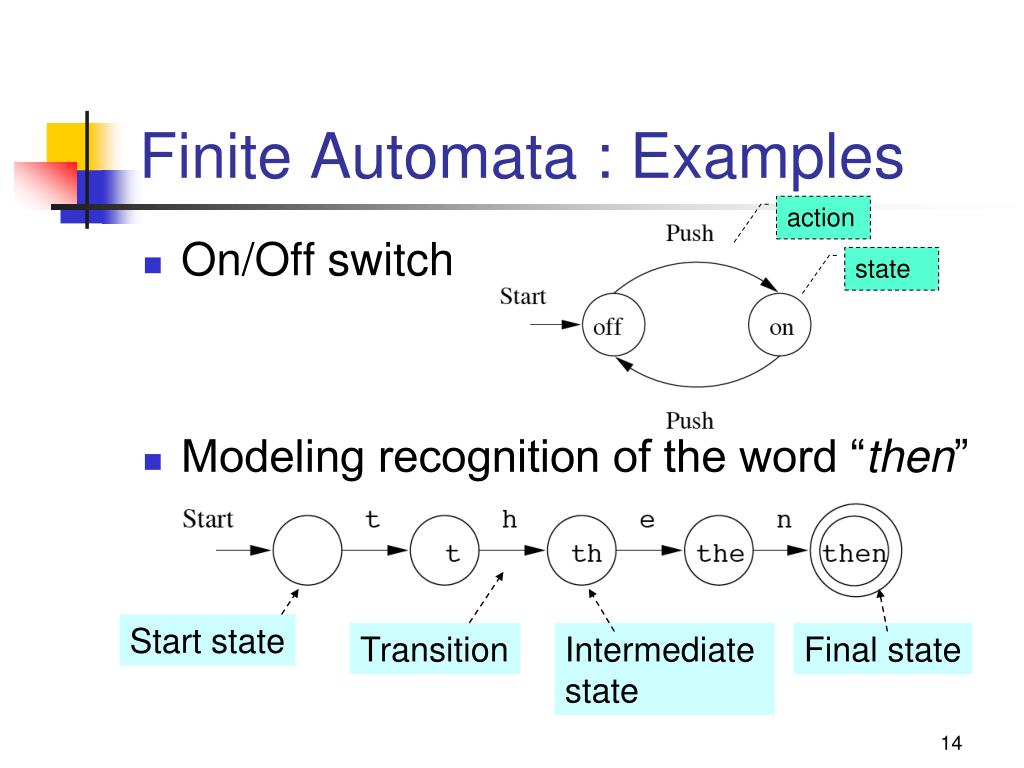

Through this combination, potentially unsafe actions can be foreseen before the agent experiences them. The dynamic shielding technique constructs an approximate system model in parallel with RL using a variant of the RPNI algorithm and suppresses undesired explorations due to the shield constructed from the learned model. We propose dynamic shielding: an extension of a model-based safe RL technique called shielding using automata learning. This paper aims to reduce undesired behaviors during learning without requiring any prior system knowledge. Although there have been various proposals to reduce undesired behaviors during learning, most of these techniques require prior system knowledge, and their applicability is limited. It is challenging to use reinforcement learning (RL) in cyber-physical systems due to the lack of safety guarantees during learning. In this review, we will describe the above-mentioned formalisms and induction techniques. Other works consider the inference of teams of NFAs to be a method that is suitable to solve the grammatical inference of finite automata.We review the main approaches that solve the inference of finite automata by using positive and negative data from the target language. In this line of research, the inference of Residual Finite State Automata (RFSA) provides a canonical non–deterministic model. Recently, some works have tackled the identification of NFAs instead of using the traditional DFA model.

The direct consequence of this improvement has lead to algorithms that have lower error rates. Aside from these works, other works have introduced more efficient algorithms with respect to the training data. This drawback was solved by the RPNI and Lang algorithms.

The main drawback of their results is that they may obtain hypotheses that may be inconsistent with the provided data. The works by Thrakhtenbrot–Barzdin and Gold can be considered to be the first works on the identification of Finite Automata from given data.


 0 kommentar(er)
0 kommentar(er)
